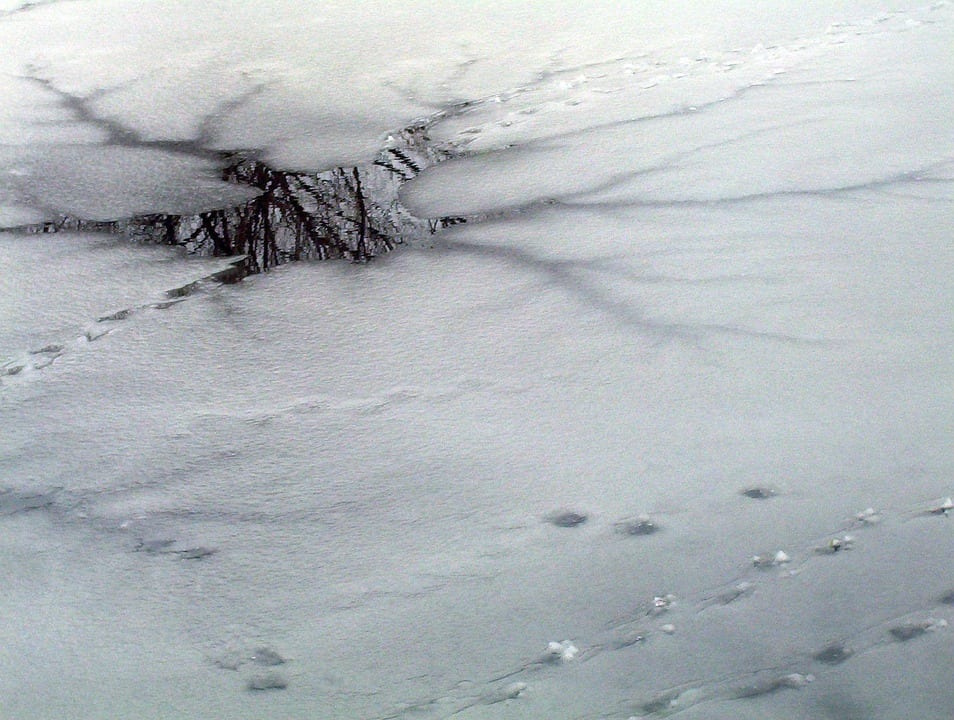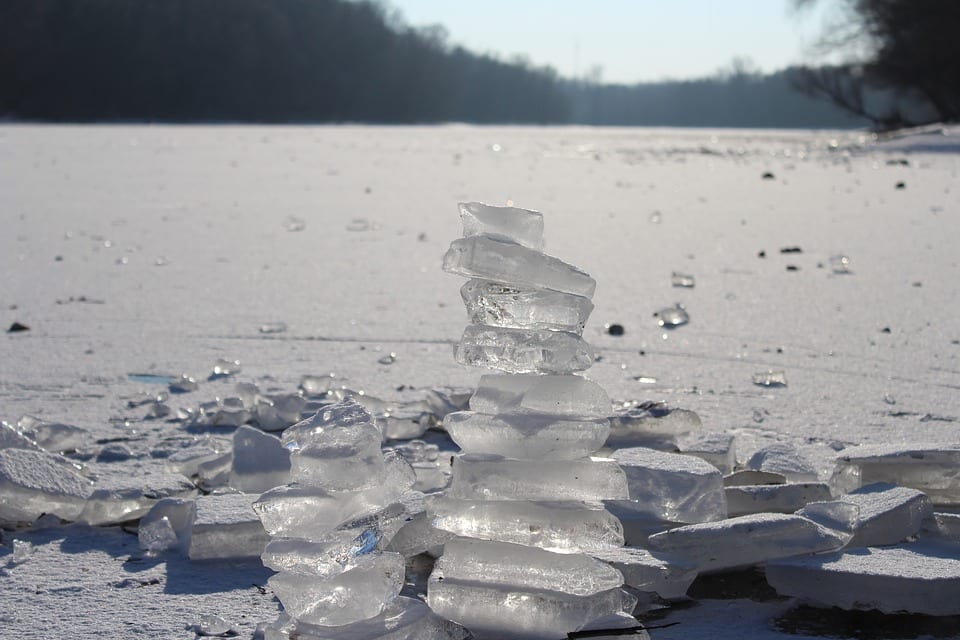There are a million ways to die, and I’m guessing most of them really can’t be classified as pleasant, but for someone who is claustrophobic like me, drowning is basically the worst way to go. And drowning in freezing cold water? Night. Mare.
If you feel similarly, then read on – this post will help you avoid dying if you happen to crash through thin ice during the winter months. Or, if you live somewhere like Canada, all year round.
First off, you should never wander onto thin ice when you’re alone.

Photo Credit: Pixabay
Just don’t do it.
If you do, though, and you fall through, you’ll first need to manage your body’s initial physiological response, which is to go into cold water shock – a state that causes your respiration rate, heart rate, and blood pressure to increase at a rate fast enough it can force you into a heart attack.
Try not to panic (which I’m sure is easier said that done). Getting control of your breathing and movement can help you calm down and maintain control of your heart rate, etc, until the initial shock eases and you can think more clearly.
Assuming you haven’t fallen all the way through the ice and under the water, next you want to put out your arms and legs to slow your descent – do everything you can to prevent yourself from submerging. If you do, your body’s natural gasp response might cause you to swallow some, and then the whole “stay calm” thing will likely be out the window. Remember to breathe out, and then in, and repeat as slowly as possible. Then, reach out and put your hands and arms on the ice in front of you.

Photo Credit: Pixabay
All of this means you’ve survived step one and you’re ready to try hauling yourself out of the water – which you definitely need to do because the longer you’re wet, the higher your chances of getting hypothermia.
Again, stay calm. If you try to claw your way out onto ice that already broke once, you might find yourself in even deeper water (pun intended) than you already are. So, you’re best to rely on your legs, not your arms.
Use your butt to lift your lower body until your legs are extended behind you – you’re floating on your stomach, still holding onto the surface ice. Kick off heavy shoes in the process, if possible, then continue to kick your legs softly to gently launch yourself forward onto the ice (like you’ve seen penguins do), until you’re out of the water and lying flat on the ice on your stomach.

Photo Credit: Pixabay
With your weight distributed, you have a higher chance of not breaking the ice again, and you want to slide or roll in this position closer to the shore – or at least back to the last safe place you stood – before getting onto all fours and then to your feet.
Don’t rush. Stay calm. Breathe.
Good advice in a dangerous, anxiety-ridden situation, and in this case, it may save you life. Though I sincerely hope you don’t ever need to put these tips into practice.
The more you know!






